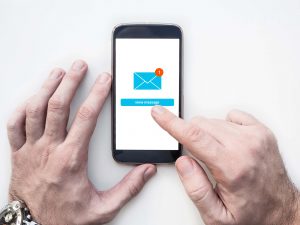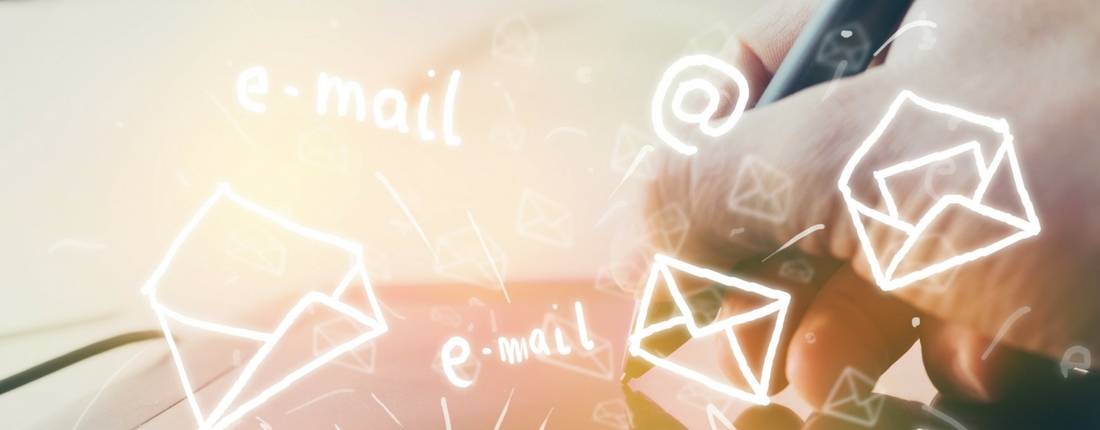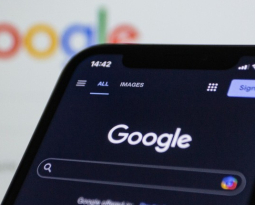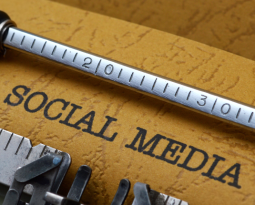Recently, I shared the top 3 considerations for strategic email marketing, based on participation in the annual Marketing United conference in Nashville.
There was just too much great information at the conference to squeeze it into one blog post, so this piece is dedicated to the top 3 design practices in email marketing.
Several sessions focused heavily on “data-driven design,” which, in essence, centers on empathy. Data-driven design looks at key points about your audience and uses those insights to tailor messages to meet their needs and lifestyles.
Customizing not only what we send our constituents, but also how and when we send that content becomes imperative in executing data-driven design.
“Design decisions should be informed by data, not trends.”
– Oli Gardner (Co-founder, Unbounce)
There are two categories of data—subscriber data and human data—which work together to help us understand our audience. Logan Baird (Design Services Lead, Emma) defined them this way:
Subscriber data is the information we get from our analytics. Examples include:
- Client
The email client (Yahoo, Outlook, Gmail, etc.) that your constituent uses to open your message impacts the way your email is rendered.
- Device
The screen real estate you’re working with influences design decisions.
- Location
Where the reader physically is when they open your message affects the way they engage with it.
 Human data, then, is simply the information we know to be true about human beings. An example of human data might be: No one likes to be confused. The questions a designer asks then, is:
Human data, then, is simply the information we know to be true about human beings. An example of human data might be: No one likes to be confused. The questions a designer asks then, is:
- Does this message make sense?
- Is the content organized?
- Do I know who sent this email?
- Do I know what action I’m supposed to take after reading this?
Implications and actions might become:
- Make the call-to-action clear and easy to find.
- Eliminate unnecessary images and copy.
- Make your brand easy to identify.
With all this in mind, there are three key design considerations that many speakers reiterated throughout the conference. We found them helpful and thought you might, as well.
Just as with the first email strategy post, you may already be implementing these systems, and if that’s the case, may this information serve as continued affirmation of your strategy. If this is new material, we hope it is beneficial for you as it already has been to us.
1. Embrace white space.
When it comes to “white space” (also known as “blank space” or “negative space”), experts advise using more than we think we need. The benefit? Increased reading comprehension and speed.
Not only is white space imperative on desktop email renderings, but with increased mobile email use (54% of email is opened on a mobile device!), extra room for the eyes to rest is crucial.
To ensure emails look great on any screen, adopt these three habits:
1. Design for mobile first
2. Use responsive design templates
3. Proof the email on multiple screens
(More on mobile email design here.)
 2. Who are you … and what are you saying?
2. Who are you … and what are you saying?
The two biggest factors influencing open rates are:
1. The sending organization (64%)
2. Subject line (47%)
Testing both of these factors is important, with one caveat.
Changing too many elements of your email message at once raises suspicions about your sender reputation to internet service providers—ultimately blocking you from future deliveries. It’s essential to keep consistent as many elements of your email as possible, even while testing. Emma suggests testing one aspect at a time.
A note on subject lines … iPhones will cut off a subject line over approximately 32 characters, so the most important words should be first. (The idea of white space applies to subject lines, too!)
 3. People like buttons and pictures.
3. People like buttons and pictures.
The human brain processes images 60,000 times faster than text. With that in mind, to maximize each message’s impact, test the following elements of your design.
1. Photos matter
Choose images that powerfully capture and tell your story. In a time crunch, it’s tempting to feature any related image in an email. But to tell a compelling story and evoke a response, taking the time to select, edit, size, and position the right photo is imperative.
2. Try buttons
Call-to-action buttons typically are more enticing than text links.
Note: The human fingertip is approximately 44px squared, so if you are going to utilize buttons, size them at least 44x44px to make tapping easy for mobile readers (Source: Apple).
3. Make it fun
Experiment with GIFs in email to add a layer of creativity.
Note: MarketingSherpa reports that GIFs can increase click rates 42%, conversion rates 103%, and revenue 109%. However, each email client renders GIFs differently—so it’s important to know which clients your audience uses before investing time into GIFs. (For example, if your subscribers are primarily Microsoft Outlook users, “Don’t waste your time” is the current admonition. Outlook does not support GIFs at this point.)
Wrapping it up
After a 45-minute statistic-heavy session packed with actionable best practices, Justine Jordan (VP of Marketing, Litmus) said:
“Remember, there are no best practices.”
We all laughed with her at the irony of her statement in the context of the room. She clarified her provocative claim by reminding us that the marketplace is in constant flux.
So the old adage, “Change is the only constant,” rings true here. What does matter? That we stay the course, remaining flexible and thinking critically.









